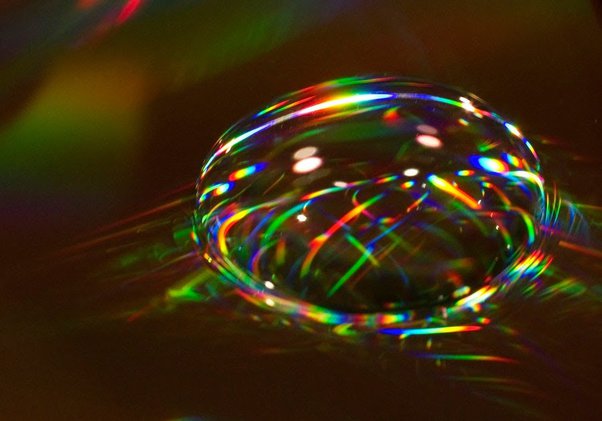
Bose-Einstein condensate
Fifth State: Physicists have created the quasiparticles first Bose-Einstein condensate. These are entities that do not count as elementary particles, although they can still have elementary particle properties such as charge and spin.
Physicists have discovered that quasiparticles undergo Bose-Einstein condensation in the same way as real particles. This discovery is set to have a significant impact on the development of quantum technologies including quantum computing.
A paper describing the process of creation of the substance, which was achieved at temperatures just a tiny bit above absolute zero, was published recently in the journal Nature Communications.
Fifth state of matter
Bose-Einstein condensates are sometimes described as the fifth state of matter, alongside solids, liquids, gases, and plasmas. ECs occur when a group of atoms is cooled to within billionths of a degree above absolute zero.
Researchers commonly use lasers and “magnet traps” to steadily reduce the temperature of a gas, typically composed of rubidium atoms.
The atoms barely move and begin to exhibit very strange behavior at utracool temperature. They experience the same quantum state. They start to clump together, occupying the same volume as one indistinguishable “super atom.” The collection of atoms essentially behaves as a single particle.
BECs have applications in quantum information processing. Quantum computing, still in early stages of development, makes use of a number of different systems. But they all depend upon quantum bits or qubits, that are in the same quantum state.
The past & present Attempt
They made an attempt in 1990s but failed. For lower temperature needed to create an excitons.
Exotic atoms are atoms in which one subatomic particle, such as an electron or a proton, is replaced by another subatomic particle that has the same charge. Positronium, for example, is an exotic atom made of an electron and its positively charged anti-particle, a positron.
Paraexcitons are experimentally well known to have an extremely long lifetime of over several hundred nanoseconds, sufficiently long to cool them down to the desired temperature of a BEC.
The team managed to trap paraexcitons in the bulk of Cu2O below 400 millikelvins using a dilution refrigerator. This is a cryogenic device that cools by mixing two isotopes of helium together and is commonly used by scientists attempting to realize quantum computers.
They then directly visualized the exciton BEC in real space by the use of mid-infrared induced absorption imaging. It is a type of microscopy making use of light in the middle of the infrared range.
The team able to took precision measurements, including the density and temperature of the excitons. Results helped them to mark out the differences and similarities between exciton BEC and regular atomic BEC.
Future scope
Most BECs are fabricated from dilute gases of ordinary atoms. Until now, a BEC made out of exotic atoms has never been achieved.
The group’s next step will be to investigate the dynamics of how the exciton BEC forms in the bulk semiconductor. They also are going to investigate collective excitations of exciton BECs.
The ultimate goal is to build exciton BECs based platform for further elucidation of its quantum properties. They want to develop a better understanding of the quantum mechanics of qubits that are strongly coupled to their environment.
Also read: Physicist Awarded Noble Prize In Quantum Physics
To read more such news, download Bharat Express news apps




















